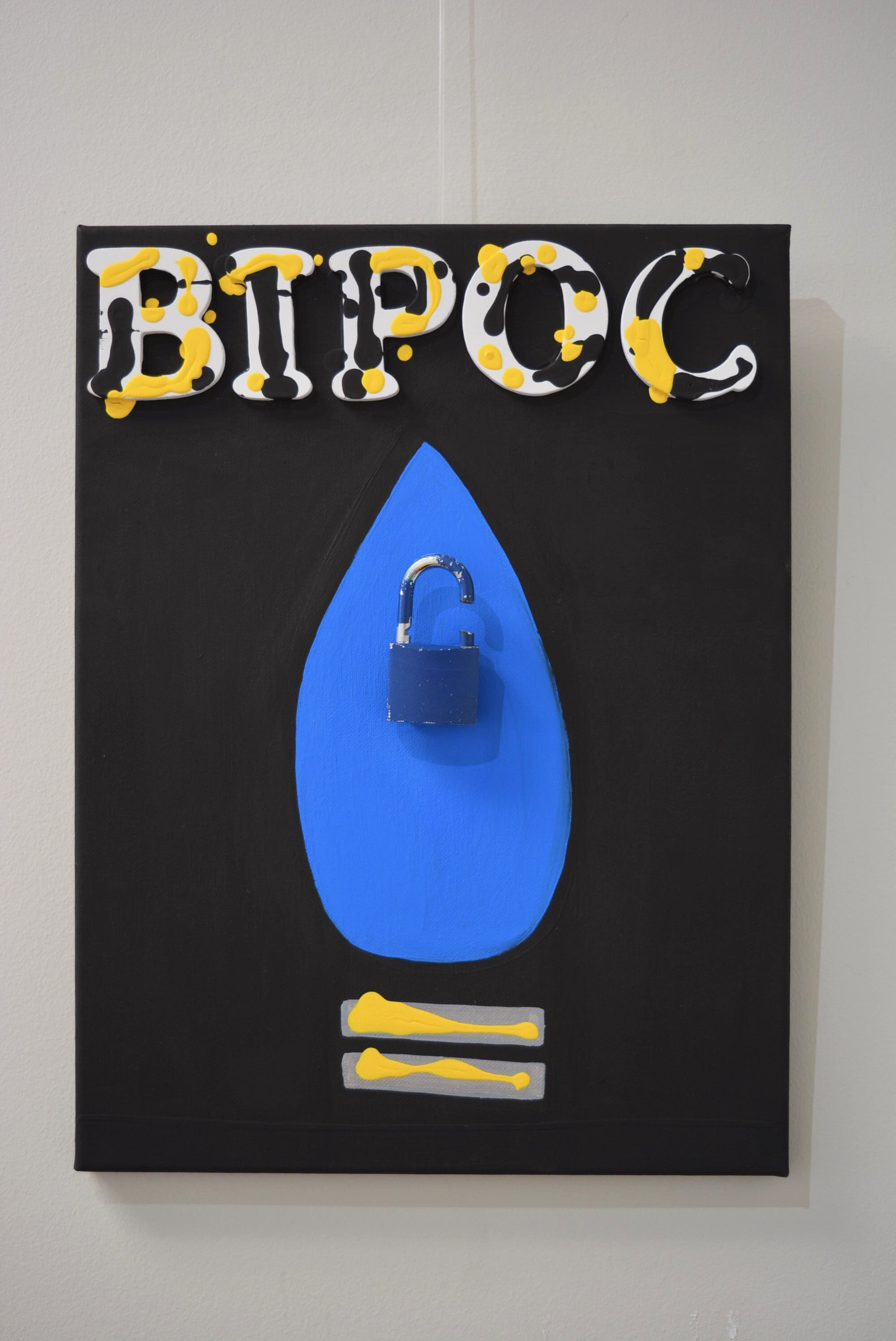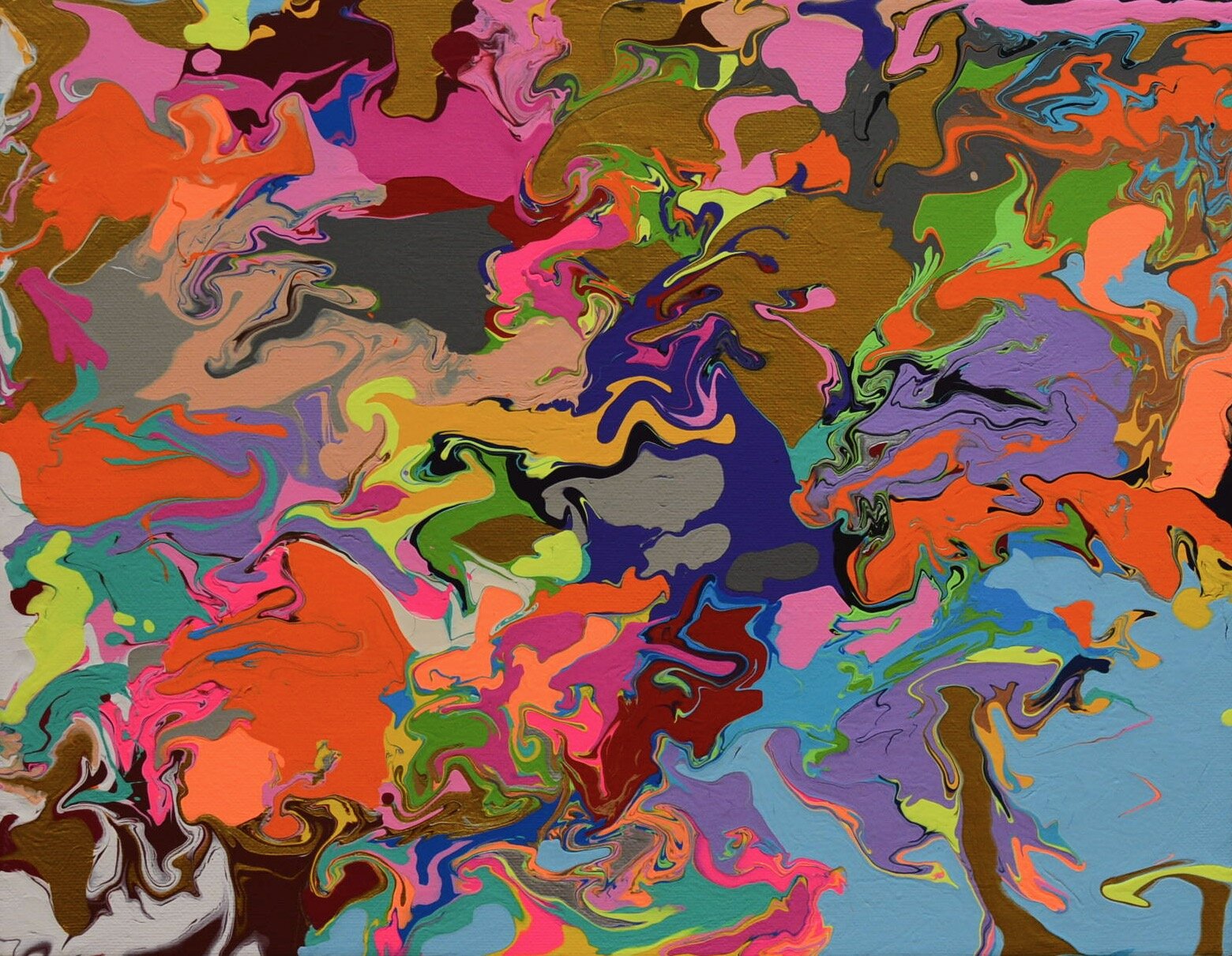Matilde Cervantes Navarrete
Matilde (she/her) is a Mestizo woman who was born in the Peninsula of California, México. She draws on a strong background in psychology, with a focus on health within mental, social, and environmental domains. She is an international researcher, and her research interests are mental health, arts-based research, arts-based interventions, and intergenerational approaches. She aims to conduct research about the linkages of art and health with Indigenous and non-Indigenous artists with an ecofeminist lens.
Matilde’s artwork includes conceptual pieces, installations, multidisciplinary productions and visual storytelling. As a newcomer and a cis-gender queer woman of colour, Matilde values diversity and multiculturalism. She has extensive experience working with complexity and multiple perspectives. She believes in art for social change, and she aims to contribute to the social justice, equity, diversity and inclusion conversations in the community. She believes in art as a valuable tool to evoke social change in creative and collaborative ways.
-

Unlocking Drinking Water Equity
12” x 16”
Acrylic on canvas
$77.00
To purchase, contact the artistFirst of all, here are three facts,
---Climate change is real!
---Bees are essential to life!
---Boil Water AdvisorIes are real in Canada!
Do you know that Canada has 50 long-term drinking water advisories in effect in 31 First Nations communities? (Government of Canada-updated August 9, 2021). As an artist, an international health researcher and public health advocate, what comes to my mind is that we need to keep advocating for safe, clean water for everyone.
It's time to end environmental racism. Stay informed, do not assume everyone has clean water in Canada and get involved in initiatives to address water challenges around the world and in Canada (especially in Indigenous communities in Canada) through education, training and meaningful collaborations. Remember that equity recognizes people’s different stories and backgrounds and how people will need specific resources and opportunities aligned to their context and circumstances to really achieve an equal outcome. Let’s unlock drinking water equity and end environmental racism!
P.S. ----BEE Grateful for Bees!
-

Celebrating Rivers of Diversity
11” x 14”
Acrylic on canvas
$120.00
To purchase, contact the artistRacism is not an easy topic. There are a lot of hardships and pain. Actually, racism harms and kills. But, with this piece of art I seek to acknowledge diversity, the value of interconnectivity and intersectionality. This is a celebratory piece to honor the colorful and uniqueness of relationships. We are all one, but we are also unique, we are an ocean, but we are also rivers. And sometimes with the combinations of colours, great outcomes can be possible. Importantly, colours matter, diversity matters and representation matters.
-

Mobil: (Anti) Racism Comes in Many Forms
Mixed art form
$110.00
To purchase, contact the artistThis mobile seeks to open the conversation about racism but also about anti racism and how they come in many forms. Importantly, mobiles are well known for the benefits for human development, especially mobiles have been used for babies because they help with the development of spatial awareness. Likewise, a mobile helps with brain and visual development. Do you know that when a baby is born, their vision is still blurry and they can’t see beyond 12” away? With this piece of art, I want to propose mobiles for adults for healthy development in a diverse society.
Every human is a unique story, humans are stories. A story uses characters with various beliefs, behaviours, motivations and masks. The story of Anti Racism comes in many forms, but perhaps we have one common theme, we are all made of patchworks and mirrors. Our stories are intertwined along with the complexities of multiple dimensions such as race, ethnicity, gender, sexual orientation, socio-economic status, age, physical abilities, religious beliefs, political beliefs, or other ideologies.
Indeed, we are all connected from the root, from the sacred circle of life that holds unity in diversity. Let’s mobilize our wellness and healthy development towards planetary health!
Listen to Matilde’s Story.
Each contributing Colour Theory artist created an original essay or story to accompany their visual artwork. You can listen to the audio or scroll down to read.

Celebrating Rivers of Diversity | 11” x 14” | Acrylic on canvas | $120.00

Unlocking Drinking Water Equity | 12” x 16” | Acrylic on canvas | $77.00
A Day With (Out) Water
I want to share a story of a day with myself and my inner conversations, it is a story between fiction and reality. It is formed to inform, but it seems to me that there is less fiction and more crude reality, but, I will leave this to your own decision.
--------Imagine a beautiful and sunny day. ----------I was lying on the grass watching the clouds pass over my head, and I heard some nearby bees in the garden next to me. I started to reflect on the phrase, "Representation Matters," and I wondered how important this is because it gives visibility to diversity and empowers the oppressed. ----------------Ooooh, the oppressed! What a harsh word; it makes me feel sad but also empowered with faith and hope for liberation and not only for survival.
Suddenly, the bees came closer to me. Then, I decided to move to another area, but still thinking about representation, oppression and the bees. --------------Oooh, the bees! They are so crucial for our daily lives even if we are not aware of them; they are interconnected with several ecosystems that allow diverse species to coexist, including the human race.
After spending a while in the garden, a delicious breeze started-------- yes, the golden hour was closer. --------------That magical time during sunset when I do ceremony, expressing my gratitude for another day and making some wishes for days to come as my father taught me.
We are so lucky, I thought------ Life is good!----------- Life has many colours, savours, textures. Still, there is a danger-----for example, the dangers of stigma and racism.
Then, I reflect on racism and the different ways it can show up; there is not a single manifestation of racism; it has many masks and costumes. So it comes in many forms.
After sunset-------I started to feel thirsty and was ready for a cool shower to refresh my body and wrapped up my warm day.
While I was taking a shower, I started to remember that lately, I have heard opinions in the media about the heat waves warnings at the West Coast in BC, Canada.------Uff ------ Climate change is real!
Yeah!------------But also, racism is real. ---------------I thought environmental racism was real! And climate change, and then I recall the protest at the Legislature two years ago where I saw a slogan used by the global climate justice movement “system change not climate change," and well, what can I say-----this idea of social change resonates so much with my life mission.
-------------After my cool shower, I went to the kitchen to prepare dinner, a chicken soup for the soul and a fresh lemonade.
While I was cooking, I question myself,
Hey ----- Could you imagine a day without water?
Water is Life, right?
We need water to survive!
Indeed, water supply is a basic human right, but in Canada, some people face water access, affordability, and quality problems.
Then, the long-term drinking water advisories came to my mind.
Have you ever heard about the Boil Water Advisory?
I recently learned that the First Nations Health Authority's Environmental Public Health Services (EPHS) provides advice to communities on drinking water safety.
I Googled to search facts and found that, for example, Boil Water Advisory (BWA): "Issued as a preventive measure when the water in a community's water system is known or suspected to have disease-causing bacteria, viruses or parasites that can cause illness; or when water quality is questionable, and boiling will remove the contaminant from the water."
Wow! This is a life threat!
Disease, bacteria, virus, illness, all those words are scary!
Then--------- I found myself trying to understand how it is possible that water-related issues disproportionately affect Indigenous communities in Canada.
------Canada has 50 long-term drinking water advisories in effect in 31 First Nations communities (updated August 9, 2021). Indigenous communities sometimes don't have clean water, and climate change is making things worse. This is even more urgent as COVID-19 continues to spread globally.
----------Ufff, so, I finished my dinner and went to bed, but before doing so, I brushed my teeth and prayed for the bees, the Indigenous communities, the oppressed, the public health professionals and the all human race.
I could not reconcile my dreams because my thoughts were still pretty active. I even started to dream about eco-justice and climate justice and wondered if the water advisories in Canada may be somehow related to environmental racism?
Finally, I slept for 7 hours and had beautiful dreams with trees, rivers, oceans, forests, biodiversity and, of course, the abundance of clean, safe, and affordable water for all ---------without the dangers of racism. It was a big and beautiful dream.
Could my dream be real or unreal?
Well, ------Nature makes this real, but humans make it unreal because of racism. Racism has many faces and masks. Racism comes in many forms. Racism is a dangerous killer because racism kills!
As an artist and a public health advocate, what comes to my mind is that we need to keep advocating for safe, clean water for everyone.
I believe in Indigenous peoples' right to self-government and self-determination and we must support the steps toward reconciliation.
What can we do?
How could we help?
Here are three ideas:
1) Stay informed, do not assume everyone has clean water in Canada and get involved in initiatives to address water challenges around the world and in Canada (especially in Indigenous communities in Canada) through education, training and meaningful collaborations.
2) Educate yourself and set the tools from a rights-based approach to ensure an advocacy work that also considers other related important rights such as health and non-discrimination.
3) Read about environmental racism and the implications of the lack of clean water in Indigenous communities.
It's time to end environmental racism, there are many masks and faces, but today, we can spread the word about the long-term advisories on the water in the First Nations in Canada as one of the many steps to end environmental racism.
P.S. -----And remember-----BEE grateful for bees!
